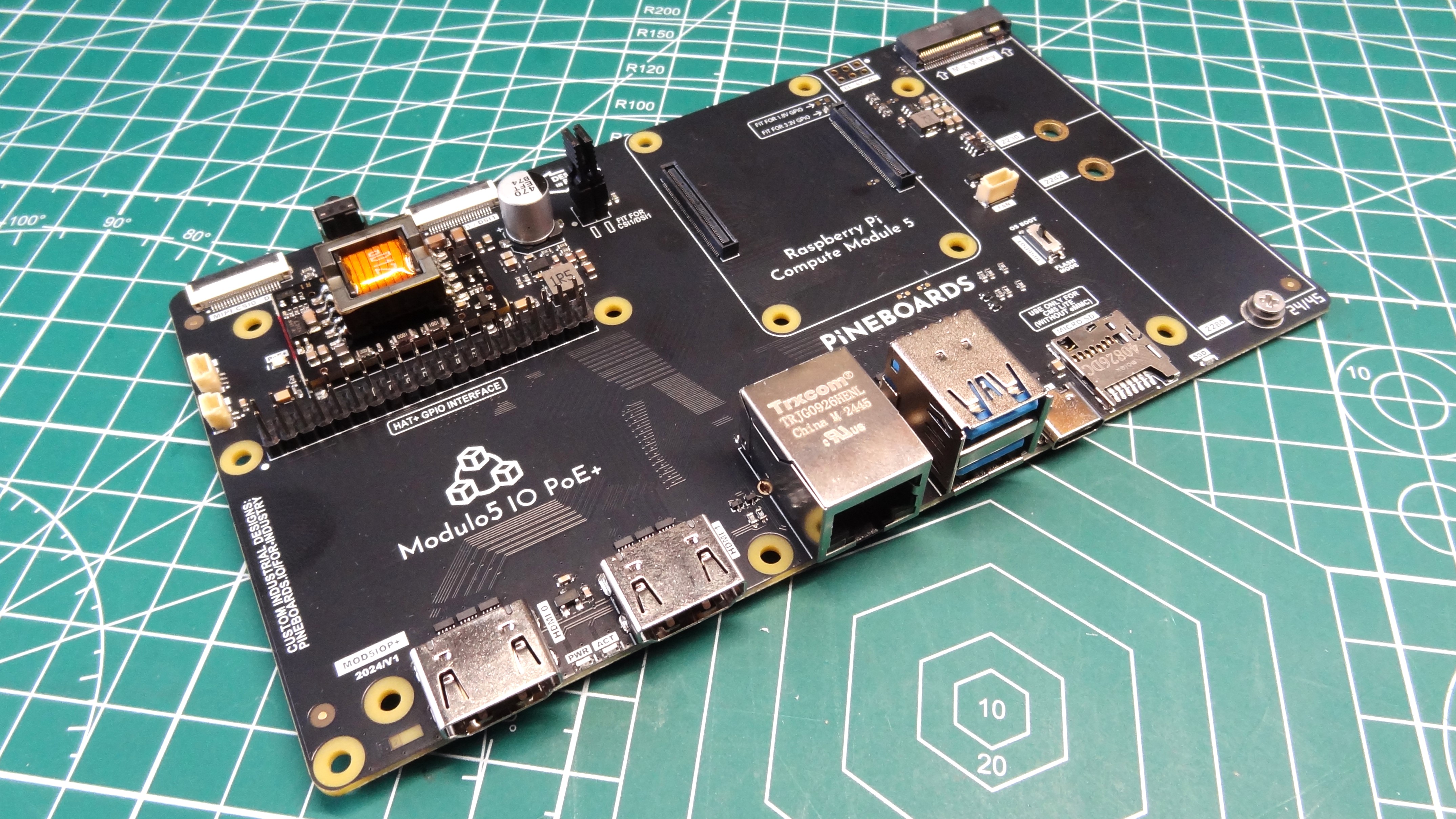
Current Intel CEO Pat Gelsinger has a long and storied history at the company and was one of the key design engineers behind developing the iconic 386 processor. At the tender age of 24, perhaps Gelsinger thought his work would not be remembered or receive due credit, as it has been revealed the young engineer etched his initials into the very design of the 386 silicon die in two places, indelibly securing his place in history.
Computer History buff Ken Shirriff recently published a retrospective on the Intel 386 processor, and to draw attention to his latest blog about 386 reverse engineering and architectural investigations, he shared a Twitter / X thread. One of his eye-opening observations was that Gelsinger’s initials could be found etched on two areas of the 386 silicon.
Etching initials and/or artwork into silicon dies is a common tactic for chip designers, but this is the first mention of a design, or in this case, initials, being discovered on the iconic 386 processor.
And here are Pat Gelsinger’s initials on the 386 die in two places. pic.twitter.com/FBOePqe8gMDecember 16, 2023
Please click ‘see more’ to expand the Tweet images.
The Intel 386 processor, introduced to the masses in 1986, was a hugely important product for Intel. Originally called the 80386 before being renamed the i386, this processor was the firm’s first 32-bit PC processor. Gelsinger recalls that offering a 32-bit PC processor didn’t lead to immediate accolades, far from it. “They derided us for being extravagant,” he recalled in a Computerworld interview, published in 2008.
The chip had 275,000 transistors, quite the feat for the time, but that’s rather paltry compared to today’s chips that come with up to 80 billion transistors, or more, per die. The 386 was fabbed on the 1.5 uM node (equivalent to 1500 nanometers), while today’s chips have reached 3nm, and future variants will shrink to 1.4nm — and shrink even further as we move into the Angstrom era.
Gelsinger went on to co-author his first book about programming the 386 microprocessor, published in 1987. He was also the lead architect on the 486 processor, which was introduced in 1989. It is claimed that Andy Grove offered Gelsinger the lead architect role on the 486 to keep him from quitting the company. Meanwhile, the 386 had a lengthy run, with production of the processor continuing until September 2007.
Perhaps this longevity is one of the reasons that the Intel 386 CPU has garnered so much attention from Shirriff. The computer history buff reckons that it is “an important milestone,” and highlighted that there are “two interesting and completely different circuits that the 386 uses to implement an XOR gate.” Check out his top-linked blog and social media postings to read more in-depth insights into the 386 processor architecture.
Bringing you up to date, Mr Gelsinger is steering Intel through a rapidly changing and highly competitive time in the IT industry. The firm recently launched its ground-breaking codename Meteor Lake, or Core Ultra series, processors, heralding the dawn of AI PCs.







![Job Updates- Steno/ Typist Vacancy At District Legal Services Authority, Suryapet Unit, Telangana [Apply Now]](https://nowhyderabad.com/wp-content/uploads/2024/12/409041-job-opportunity-2-100x75.jpg)